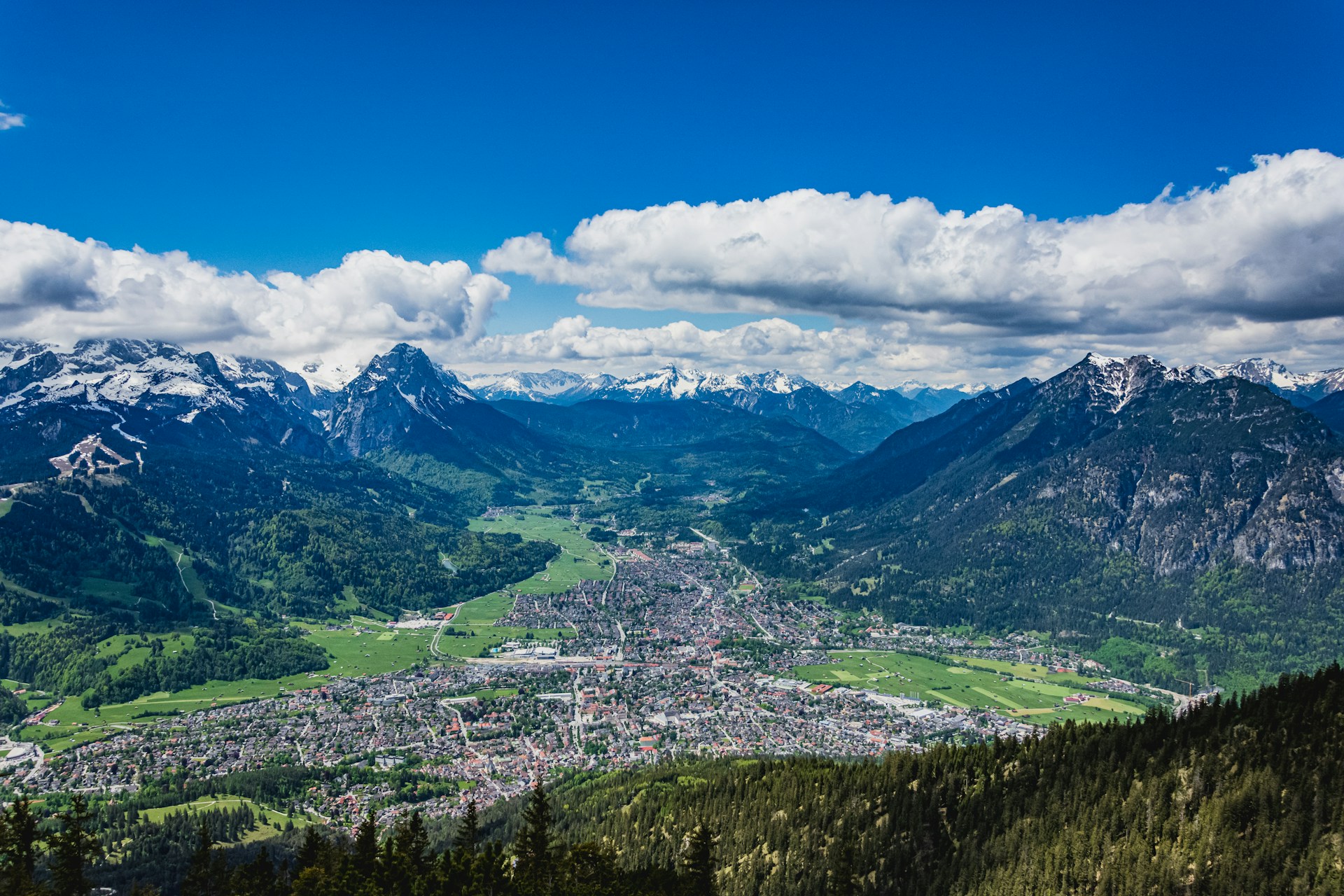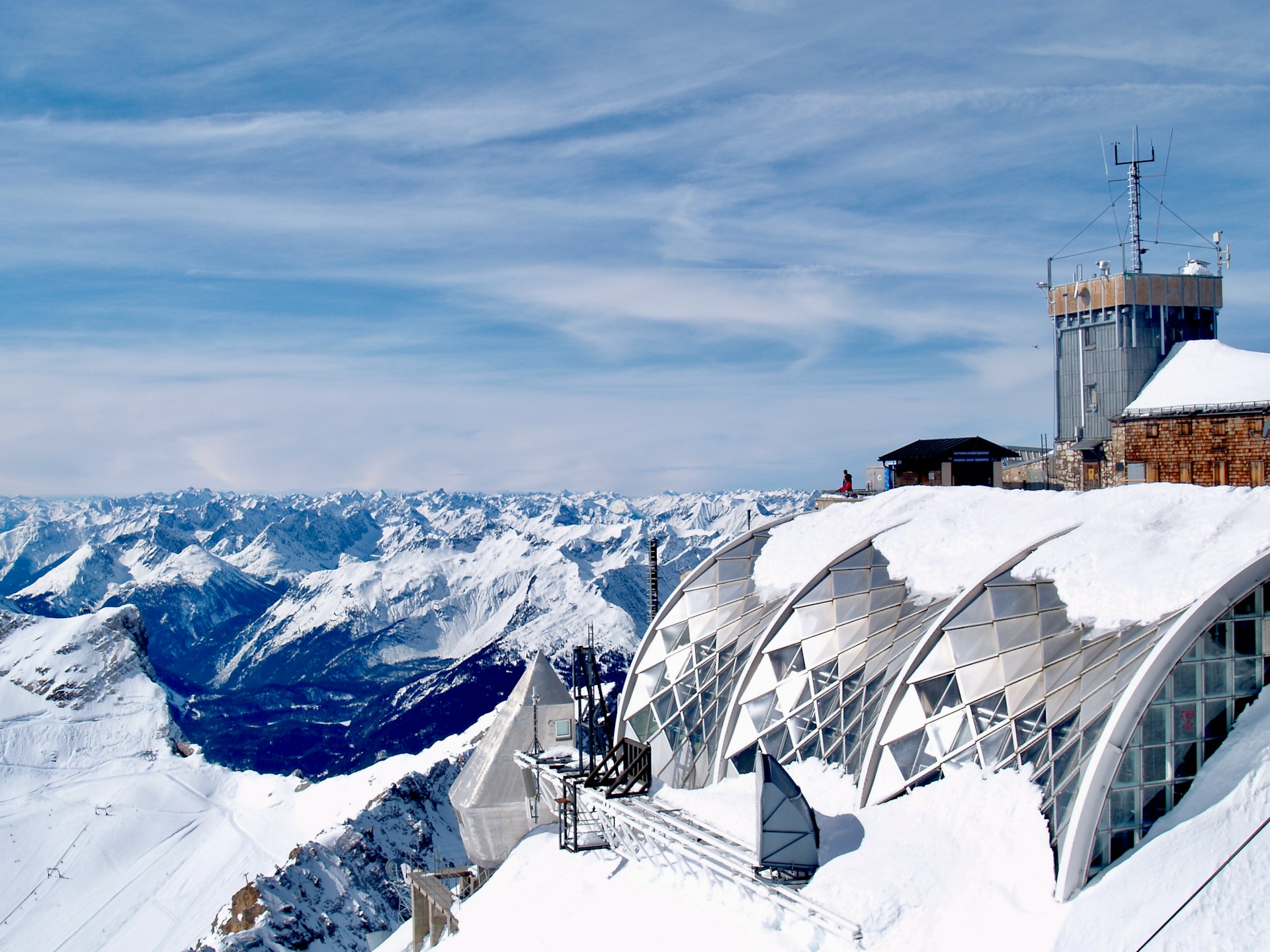Hikers and outdoor enthusiasts will find a mountain paradise in the southern German Bavarian Alps. With its charming villages, verdant valleys, and towering peaks, the region offers a unique blend of historical significance, scenic beauty, and cultural allure. Join us as we explore the history, famous mountain peaks, and hidden trails of the Bavarian Alps.

1. Historical Background
Ancient Times
The Bavarian Alps have a rich history, with early habitation sites dating back to Celtic groups. During the Conquest, they were integrated into the Roman Empire, constructing cities, highways, and forts. The Alps significantly shaped the region’s cultural landscape, leaving a legacy of artifacts and cultural effects.
Medieval Era
During the Middle Ages, the Bavarian Alps experienced the growth of cities and trade routes, playing a crucial role in regional politics and wars. Castles, fortifications, and towns like Füssen and Garmisch-Partenkirchen served as strongholds during the conflict. The emergence of regional folklore and stories added a mysterious quality to the area’s past.
Modern History
The Bavarian Alps have undergone significant changes due to world wars and economic shifts, but they remain a favored vacation spot due to their breathtaking landscape and diverse outdoor activities. Despite the socioeconomic changes, they remain a popular destination for adventure, culture, and history.
2. Iconic Peaks


Zugspitze
Zugspitze, Germany’s tallest mountain, stands at 9,717 feet (2,962 meters) and offers breathtaking vistas of the Alps. Visitors can reach the peak via the challenging Höllental path, crossing glaciers and passing through gorges. The summit also offers year-round activities like hiking, climbing, and skiing, allowing visitors to enjoy the expansive Alps spanning Germany, Austria, and Switzerland.
Watzmann
Mount Watzmann, Germany’s third-highest mountain, is known for its tragic past and unusual silhouette. Its 8,900-foot (2713-meter) ridge is a popular destination for climbers and hikers, offering breathtaking views and a sense of achievement. The mountain’s association with legends of a cruel king and his family turning to stone adds a sense of mystery.
Alpspitze
Another famous mountain in the Bavarian Alps is the Alpspitze, which has a distinctive pyramidal…
Click Here to Read the Full Original Article at GoBackpacking…